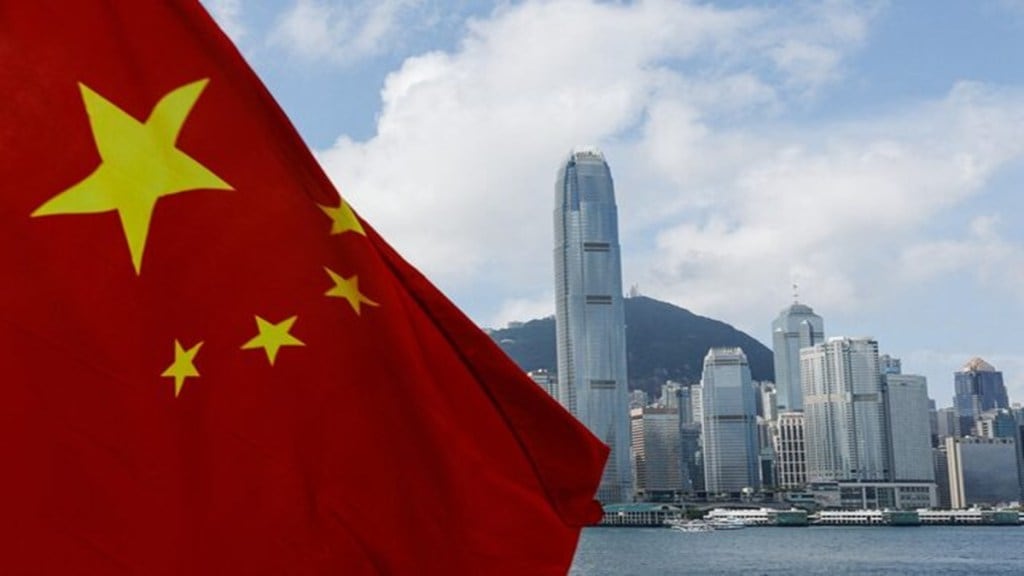By Anita Inder Singh, Founding Professor, Centre for Peace and Conflict Resolution, New Delhi
China’s first white paper on “China’s National Security in the New Era” (WPNS) was released on May 12. An English translation of the abstract was published by the official tabloid Xinhua. That suggests Beijing is simultaneously interested in presenting it to an international audience, while limiting public information. Any “opening up” will only happen on the Chinese Communist Party’s (CCP) terms with full consideration for the country’s security interests.
Facing a complex landscape of external turbulence: China’s goal, the paper says, is to work with Asia-Pacific nations to promote peace, development, and stability. The WPNS expresses concern about technological competition, flashpoints from the Taiwan Strait to the South China Sea, a tariff war with America — all at a time when the world is disturbed by the international disorder created by the Covid-19 pandemic, and the Russia-Ukraine and Gaza-Israel wars. “Chinese wisdom” offers solutions to contemporary challenges, and has been victorious in the recent tariff spat with America.
The WPNS notes that the central committee of the CCP, of which President Xi Jinping is the general secretary, has proposed a “holistic” approach to national security, and established a national security commission. Xi is simultaneously chairman of the Central Military Commission. He therefore plays the paramount role in modernising and deepening mechanisms and capabilities for national security. China’s national security is inextricably intertwined with, and guided by, the people’s security. The “people’s security” — citizens’ sense of “fulfilment, happiness, and security” — is the final aim. But “political security” is the “fundamental task”.
The white paper expands the traditional idea of security to cover and integrate non-traditional security threats emerging from cyberspace, artificial intelligence, public health, etc. Priority is given to technological self-reliance, calling for investment in key infrastructure and indigenous innovation to minimise exposure to foreign sanctions or supply chain disruption.
The WPNS avows that China is providing stability to a changing and disorderly world. Chinese modernisation will continue and reinforce security in development and also development in security. In fact, the intertwining of security and development is a fairly long-term feature of China’s political thinking — unlike India’s. For instance, Delhi has yet to see the necessity of educating its people in order to achieve high levels of development.
The WPNS also highlights China’s Global Security Initiative (GSI), advocated by Xi in 2022. It underlines shared security and multilateralism while opposing “bloc confrontations”. Claiming to be leader of the Global South, India should note that China views itself as defending developing countries against US-led domination.
Nevertheless, China asserts that it is not in open confrontation with America and its Asian allies. For Beijing, the West is the troublemaker and China is the peace-loving stabiliser. National security is an important basis for the stability and endurance of Chinese modernisation.
China aims to win support in regions and multilateral organisations to contain the US. It underlines sovereignty and territorial integrity, the centrality of the UN and UN Charter, and the peaceful resolution of disputes. How — if at all — these claims can be upheld given Russia’s invasion of Ukraine, which China has never condemned, and China’s own expansionism in South and Southeast Asia is incomprehensible. In any case its GSI gets limited Asian support — from only half of the 10 Asean (Association of Southeast Asian Nations) countries, none from Asia’s most advanced economies like Japan and South Korea. India and Nepal have not supported the GSI on grounds of their non-alignment.
In the Asia-Pacific, the WPNS declares that China’s sovereignty, territorial integrity, and development interests are non-negotiable, especially with reference to Taiwan, Hong Kong, Xinjiang, Tibet, and maritime rights.
Simultaneously, China aims to strengthen its position through economic partnerships and by maintaining peace, despite territorial disputes in the South China Sea, and tensions with Japan over the East China Sea.
The WPNS highlights China’s “social harmony” and low crime rates as evidence of effective governance. But questions arise about its legal transparency and human rights — especially in Xinjiang and Tibet. The WPNS’ stress on “ethnic unity” points to continued reliance on coercive measures in Tibet and the Muslim-majority province of Uighur.
The WPNS promotes CCP concepts on security for the world. High-class development is neither based on coercion, nor does it cave in to threats. This is the WPNS’ definition of independence and the path of “national security with Chinese characteristics”.
As America’s greatest international challenger, and India’s in the South Asian Indian Ocean region, China is sending an indirect message to both — and also to strong Asian democracies like Japan and South Korea — that it remains their main political, military, and economic rival. That is despite the fact that it is among their top trading partners.
Questions for India
New Delhi wants India to be fully developed by 2047 — the centenary year of the country’s independence. But the extent to which it has been overtaken by China should prompt it to revise its economic policies and increase its awareness of how much more Beijing offers to other countries — simply because China has made far more progress.
Last but not least, China’s claim that its superior CCP-led political system will continue to lead it successfully through uncharted waters is in itself a challenge to all democracies. It should prompt India to ask why it has not kept pace with many other democracies — including Asia’s Japan — in showing that most of the world’s richest and most powerful countries are democracies.

